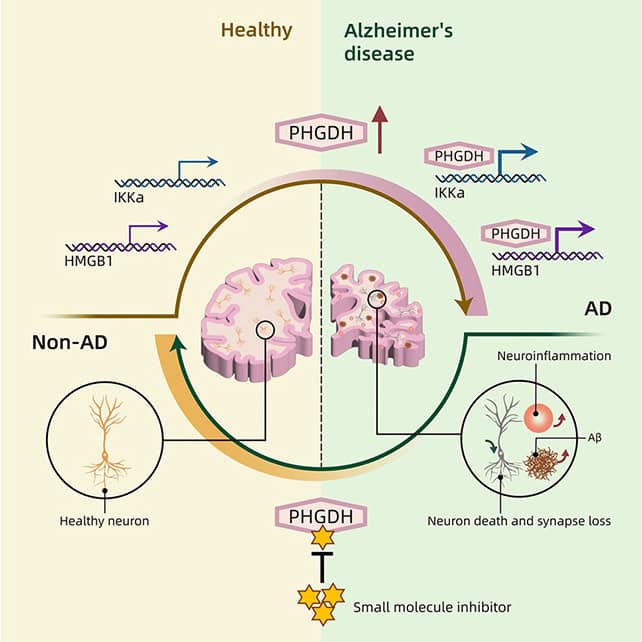ANN ARBOR – Scientists have identified how a protein in the brain uses information about the body’s energy balance to regulate growth rate and the onset of puberty in children.
The research, published Nov. 3 in the journal Nature(link is external), centered on the melanocortin 3 receptor (MC3R), a member of a family of proteins that have long been known to play central roles metabolism and energy balance.
Physiologist Roger Cone, Ph.D., and colleagues discovered the MC3R gene more than 20 years ago and demonstrated that mice lacking this protein exhibit reduced linear growth, reduced lean mass and increased obesity. Subsequent studies published by Cone’s group also demonstrated a role for the receptor in regulating the interaction between reproduction and energy state, including the increased feeding and weight gain during pregnancy.
Now, an international team of scientists led by Sir Stephen O’Rahilly, M.D., at the Wellcome-MRC Institute of Metabolic Science, University of Cambridge, has revealed for the first time how defects in the MC3R translate to humans—with results strikingly similar to the findings in mice.
The O’Rahilly team reports identification of the first individual with mutations in both copies of the MC3R gene, leaving the person with no functioning MC3R. Such cases are extremely rare, perhaps occurring in as little as one in a billion people. This individual showed phenotypes, or physical traits, that were nearly identical to mice with no MC3R.
Using data from UK Biobank and the Avon Longitudinal Study of Parents and Children, the team analyzed the phenotypes in volunteers with mutations in one copy of the gene that encodes the MC3R. These individuals displayed shorter body height and reduced lean mass compared with those who had no MC3R mutations.
“In terms of melanocortins, every phenotype that we have observed in the mouse has ultimately been found to be replicated in humans,” says Cone, director of the University of Michigan Life Sciences Institute and an author of the new study. “This direct correlation between animal models and humans is not always the case; but this research shows that mice are a near-perfect model for studying human syndromes related to melanocortin receptors.”
To read more, click on University of Michigan






